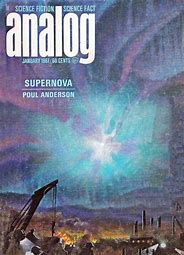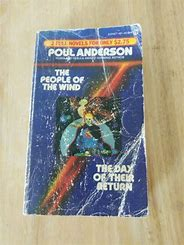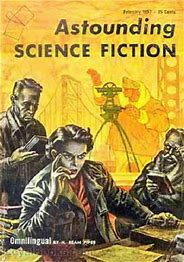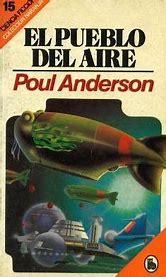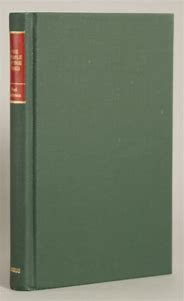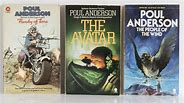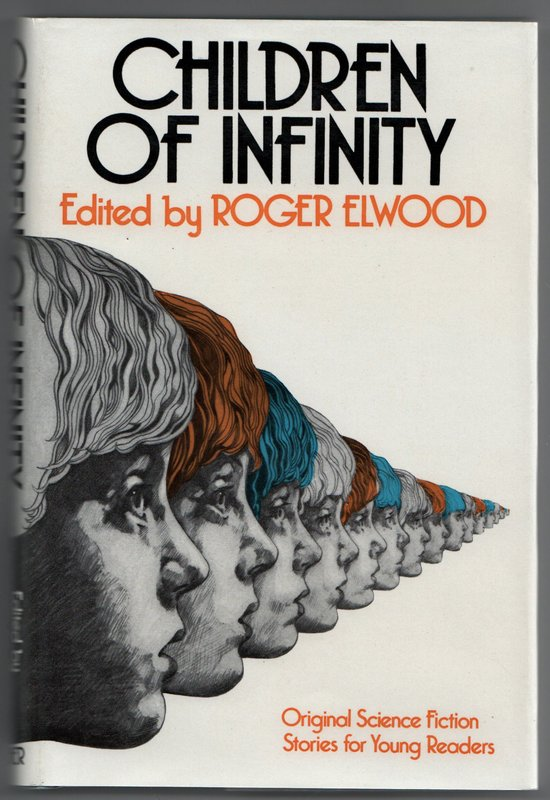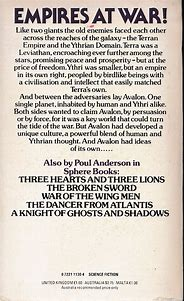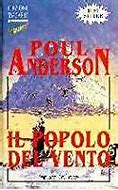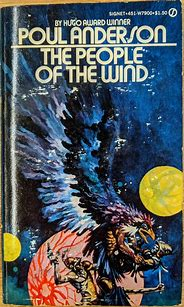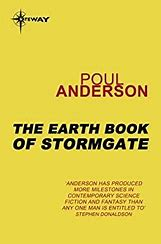The People Of The Wind, IX.
Immediately after crash landing in Oronesia on Avalon, Rochefort and Helu engage in scientific discussion of the physical properties of the planet. It is beyond my abilities to summarize such a discussion at this time of night. Maybe I have have already done so earlier on the blog or I might tackle it tomorrow.
There is a detailed description of their immediate environment and:
"Occasional sparks and streaks blinked up there - monstrous explosions in space." (p. 541)
There is a scene like this in one of the Star Wars films. Characters converse in the foreground while a space battle proceeds in the background. There is also a dramatic contrast between the peaceful island where the Terran combatants have landed and the destructive conflict still being waged in space.
After a while:
"The gruesome little flashes overhead were dying away." (p. 543)
A change of scene informs us that Admiral Cajal has realised the need to:
"'Disengage... Withdraw... Regroup in wide orbits.'" (ibid.)
Avalon has won the first round.




